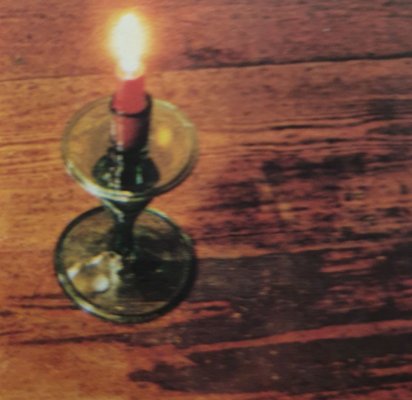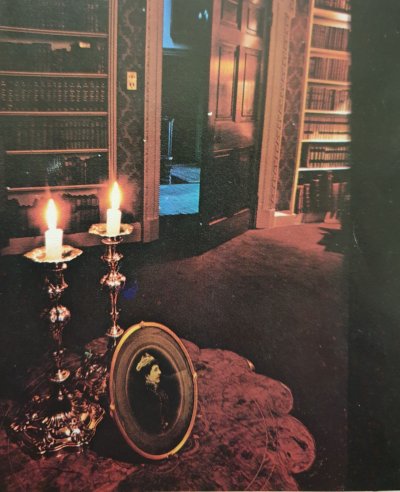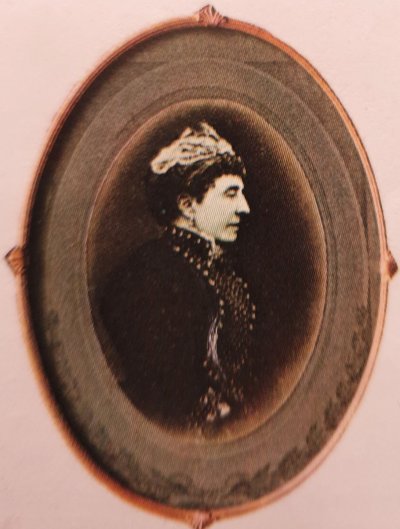DrPaulLee
Justified & Ancient
- Joined
- Aug 7, 2002
- Messages
- 2,019
Hi,
I'm wracking my brains for examples of this, but I can't think any even though I'm sure I've read of at least one:
In ghostly legends, there are stories of flooring, walls, whatever being replaced to remove a stain, usually the dried marks of a pool of blood. Then, at some point later, the mark returns on the new surface.
I'm sure I've read of this but can't think of a single instance!
PS and yes, I know such stories are probably balderdash!
I'm wracking my brains for examples of this, but I can't think any even though I'm sure I've read of at least one:
In ghostly legends, there are stories of flooring, walls, whatever being replaced to remove a stain, usually the dried marks of a pool of blood. Then, at some point later, the mark returns on the new surface.
I'm sure I've read of this but can't think of a single instance!
PS and yes, I know such stories are probably balderdash!





